Computer Vision-image and video analysis tool
AI-powered visual data interpretation
¿Cómo puedo solucionar este error en Python?
¿Puedes explicar este concepto de visión computarizada?
¿Qué dice StackOverflow sobre este bug?
¿Cómo puedo usar este comando en Ubuntu?
Related Tools
Load More
Computer Vision Expert
Academic expert in computer vision, offering innovative insights for deep learning models.
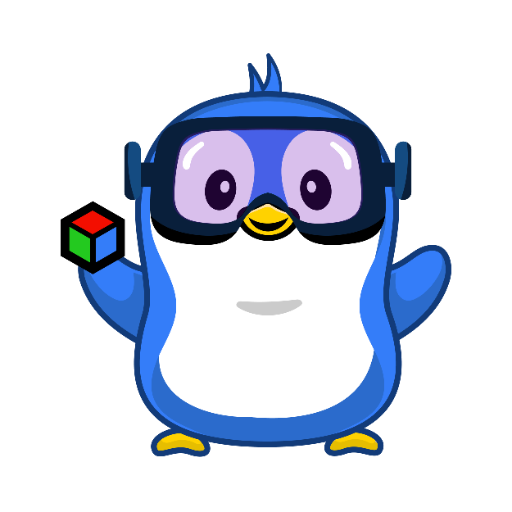
Pixie: Computer Vision Engineer
Expert in computer vision, deep learning, ready to assist you with 3d and geometric computer vision. https://github.com/kornia/pixie

visionOS Mentor for Apple Vision Pro
Expert SwiftUI programmer to help you code visionOS apps for Apple Vision Pro! The most powerful spatial computer for AR/VR experiences.
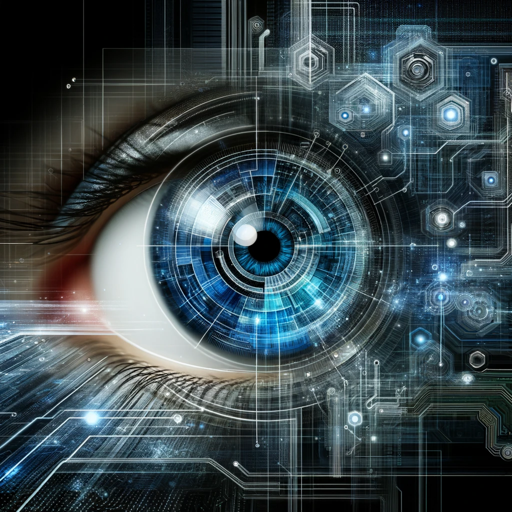
Computer Vision Developer
Expert in Python, OpenCV for image processing and computer vision applications.
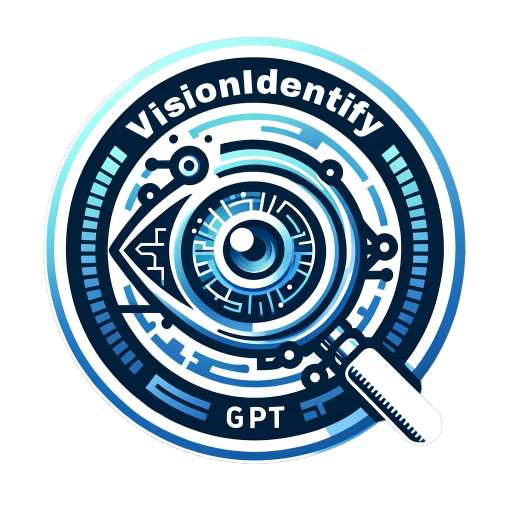
🔍 VisionIdentify GPT: Image Recognition AI
Revolutionize image analysis with VisionIdentify GPT, the AI that identifies and informs. For optimal results, please upload your image and provide concise yet detailed descriptions. See the Unseen, Know the Unknown with VisionIdentify.

OpenCV
Expert in OpenCV, integrates C++20 concepts
20.0 / 5 (200 votes)
Introduction to Computer Vision
Computer Vision is a field within artificial intelligence (AI) that enables machines to interpret and make decisions based on visual data, much like human vision. At its core, it involves techniques that allow computers to acquire, process, analyze, and understand images or video, extracting meaningful information or generating insights. Computer vision systems are designed to recognize patterns in images, detect objects, classify scenes, and even understand context. This technology is applied across various industries, transforming processes by enhancing automation and improving decision-making. For example, facial recognition systems in security settings identify individuals by analyzing facial features. Similarly, in healthcare, computer vision aids in diagnosing medical conditions by analyzing medical imaging such as X-rays or MRIs. These examples illustrate how computer vision is geared toward solving practical problems through visual data interpretation.

Main Functions of Computer Vision
Object Detection
Example
Self-driving cars use object detection to identify pedestrians, vehicles, traffic signs, and obstacles on the road.
Scenario
In the automotive industry, object detection plays a critical role in autonomous vehicle navigation. Cameras equipped with computer vision algorithms continuously scan the surroundings of a vehicle to detect and classify objects in real-time. This helps the vehicle respond appropriately to dynamic road conditions, like stopping for a pedestrian or avoiding a collision.
Image Classification
Example
A social media platform can use image classification to automatically tag photos based on the content (e.g., identifying whether the image contains food, pets, or landmarks).
Scenario
In social media, platforms such as Instagram or Facebook leverage image classification to improve user experience. By analyzing the contents of uploaded photos, these platforms automatically suggest tags or categorize photos into relevant albums. This reduces the need for manual tagging and enhances the organization of user content.
Facial Recognition
Example
Smartphone face unlock uses facial recognition to authenticate users by analyzing their facial features.
Scenario
Facial recognition is widely used in personal devices like smartphones to improve security. It analyzes unique facial features, such as the distance between the eyes or the shape of the chin, to verify a user's identity. This technology is also applied in airports for faster and more secure check-ins, replacing traditional ID checks.
Ideal Users of Computer Vision Services
Developers and Engineers
Software developers and engineers working in fields like AI, robotics, and automation benefit from computer vision technology to build systems that require visual data interpretation. These users can leverage pre-built APIs or libraries like OpenCV, TensorFlow, or PyTorch to integrate computer vision into their applications. They often utilize the technology to automate tasks like surveillance, quality control, or inventory management.
Healthcare Professionals
Healthcare providers, especially radiologists and medical technicians, use computer vision to enhance diagnostic capabilities. By analyzing medical images (e.g., MRIs, CT scans), the technology assists in detecting anomalies such as tumors or fractures more accurately and at an earlier stage. This improves patient outcomes and supports more informed clinical decision-making.

How to Use Computer Vision
Step 1
Visit aichatonline.org for a free trial without login, no need for ChatGPT Plus.
Step 2
Familiarize yourself with the user interface and explore the available options for image analysis, text recognition, and object detection functionalities.
Step 3
Upload images or input video data that you want to analyze. Ensure that files are in a supported format (JPG, PNG, or MP4).
Step 4
Choose the type of analysis you want to perform—such as image classification, object recognition, or facial detection—and configure the necessary parameters.
Step 5
Review the generated results, which may include labels, bounding boxes, or extracted text. You can refine or repeat the analysis based on your requirements.
Try other advanced and practical GPTs
Medical Terminology Tutor
AI-powered medical terminology simplified

GPTs Custom Actions API
AI-powered custom automation and integration

나만의 자캐 만들기
Create Unique Anime Characters with AI

Sonografie Befund Experte
AI-powered tool for creating structured ultrasound reports

エンジニア向けの翻訳ツール
AI-driven precision in technical translation

Rust Runner || Assistant & Execution Environment
AI-powered Rust assistant for developers
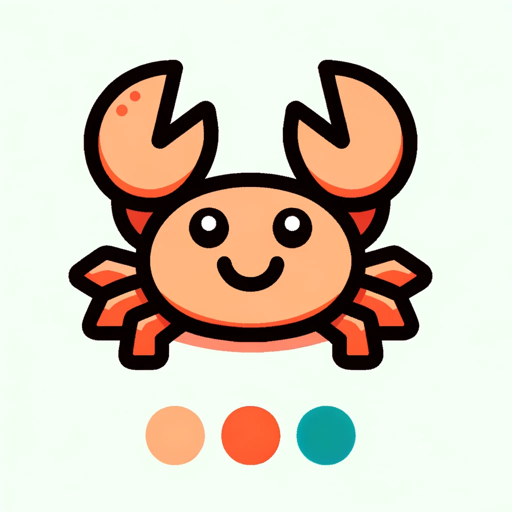
VideoGPT [old] - use idea2movie
AI-Powered Text to Video Conversion
![VideoGPT [old] - use idea2movie](https://files.oaiusercontent.com/file-LNlmeuZfo9lgOx91a63BqRst?se=2123-10-26T01%3A41%3A59Z&sp=r&sv=2021-08-06&sr=b&rscc=max-age%3D31536000%2C%20immutable&rscd=attachment%3B%20filename%3DScreenshot%25202023-11-19%2520at%252004.40.22.png&sig=NIJ8KrbblQeujyoS8M2UYKm0AeSApVmDx8AoSHcjiuc%3D)
Bar-Tunde Cocktail Designer
AI-powered cocktail creation inspired by Baratunde Thurston’s unique style.
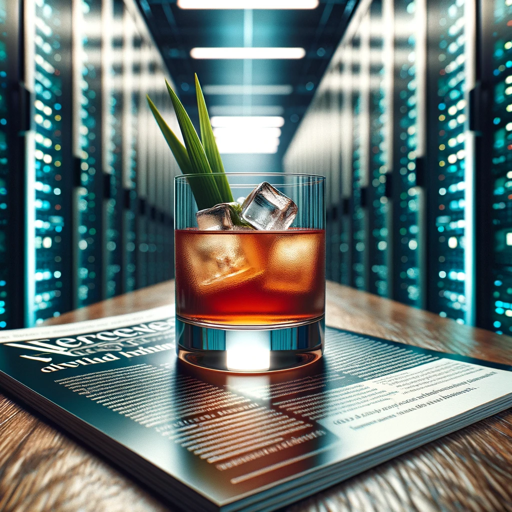
GodotGPT
AI-powered Godot 4 development assistant.
LotoAI
AI-driven lotto prediction and insights

Garden & Plant Doctor
AI-powered plant care for your garden.

PromptGen
Create customized prompts with AI precision
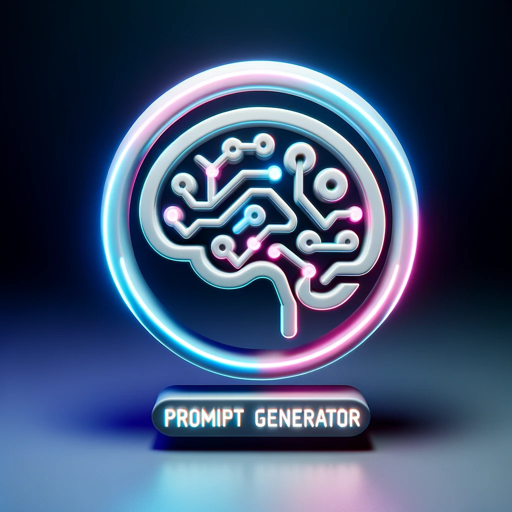
- Image Analysis
- Object Detection
- Facial Recognition
- Text Recognition
- Video Processing
Computer Vision Q&A
What is Computer Vision used for?
Computer Vision is used for tasks such as image and video analysis, object recognition, facial detection, and text extraction from images. It allows machines to interpret and make decisions based on visual data.
What are some common applications of Computer Vision?
Common applications include autonomous vehicles, healthcare diagnostics (e.g., medical imaging), retail automation, quality control in manufacturing, and security surveillance systems.
Do I need programming skills to use Computer Vision?
While programming skills can help if you're building custom solutions, many platforms offer user-friendly interfaces that allow you to use pre-built models and features without needing code.
Can Computer Vision work with live video streams?
Yes, many Computer Vision systems are designed to analyze live video feeds in real-time, performing tasks such as tracking moving objects or detecting specific actions in a video stream.
What are the prerequisites for using Computer Vision?
You typically need access to a platform or tool that offers Computer Vision capabilities. This can be through a cloud service or downloadable software. High-quality input data (clear images or videos) is essential for accurate analysis.